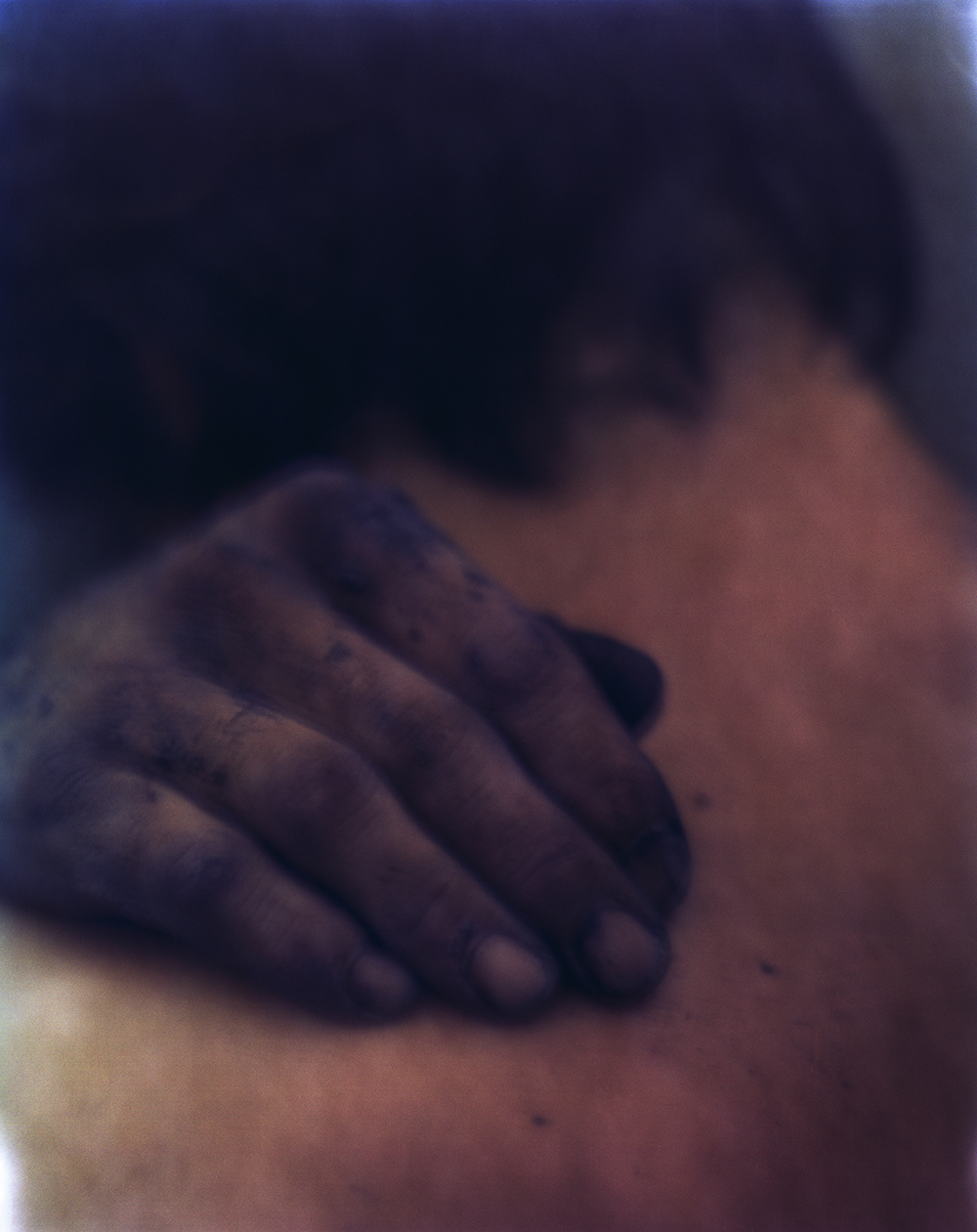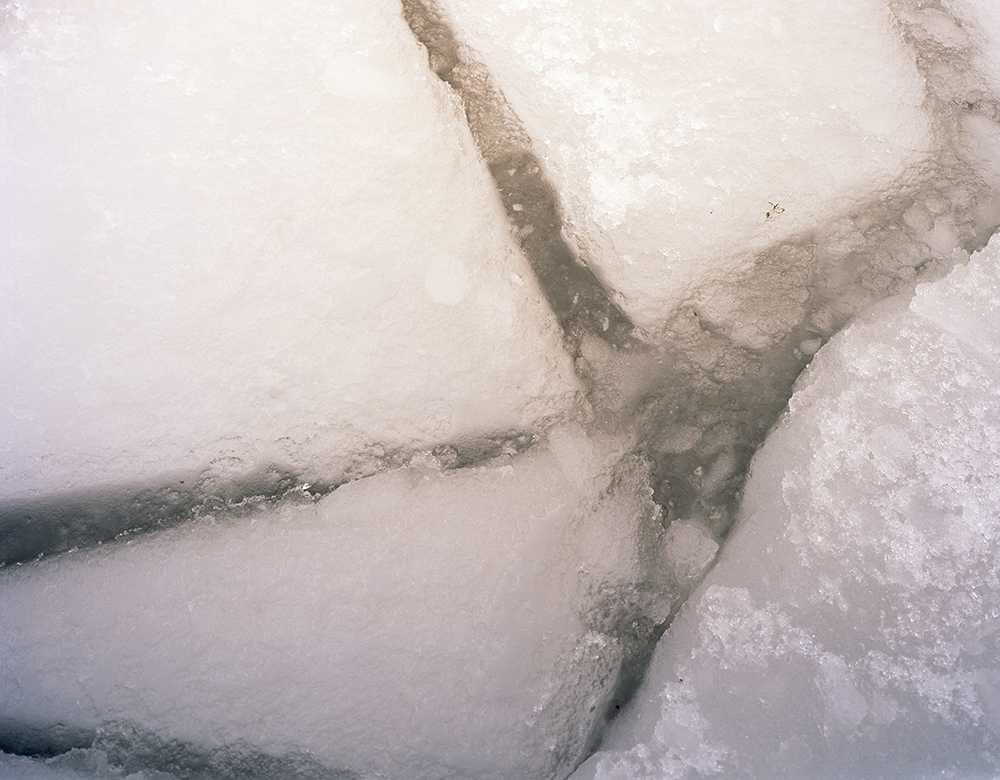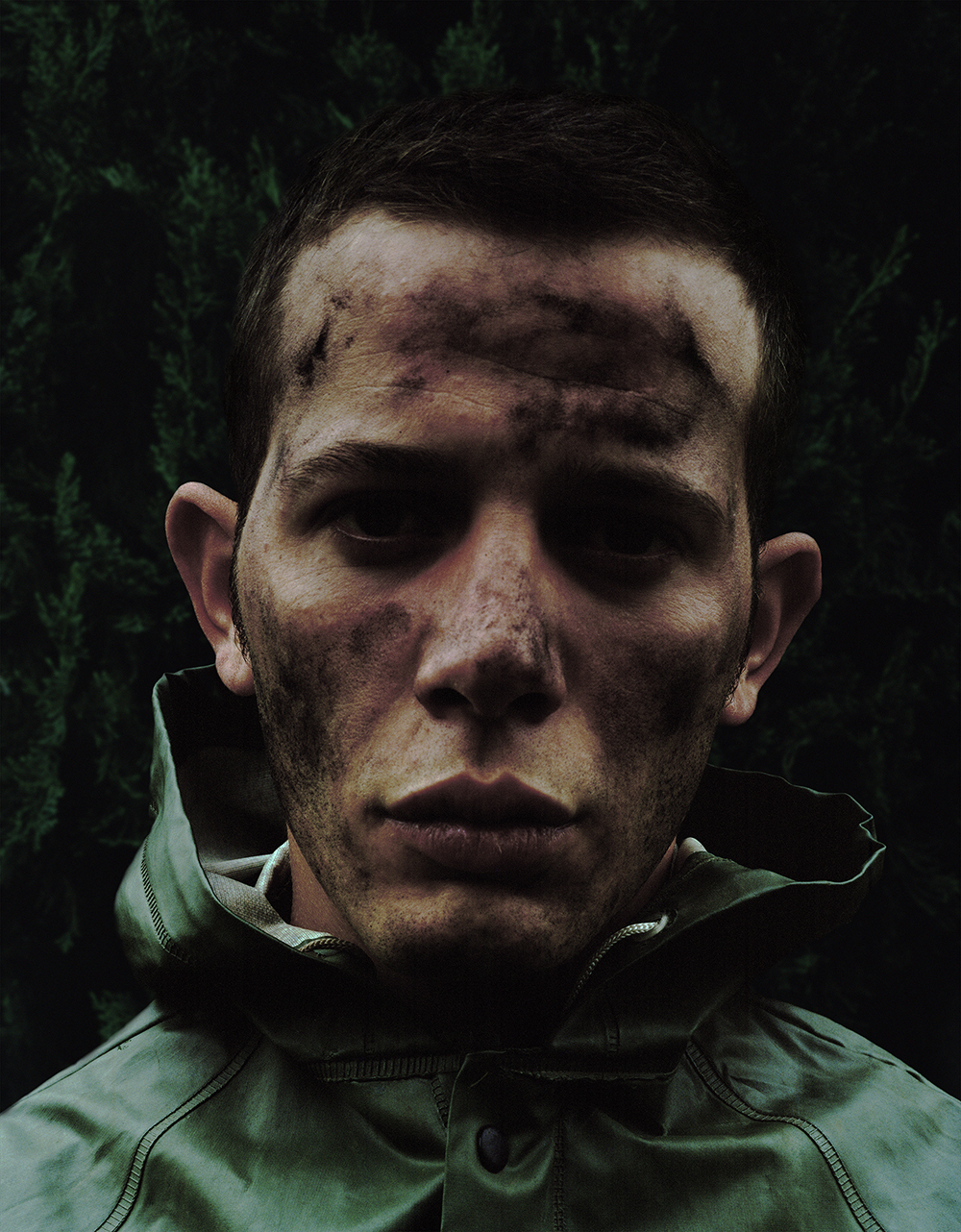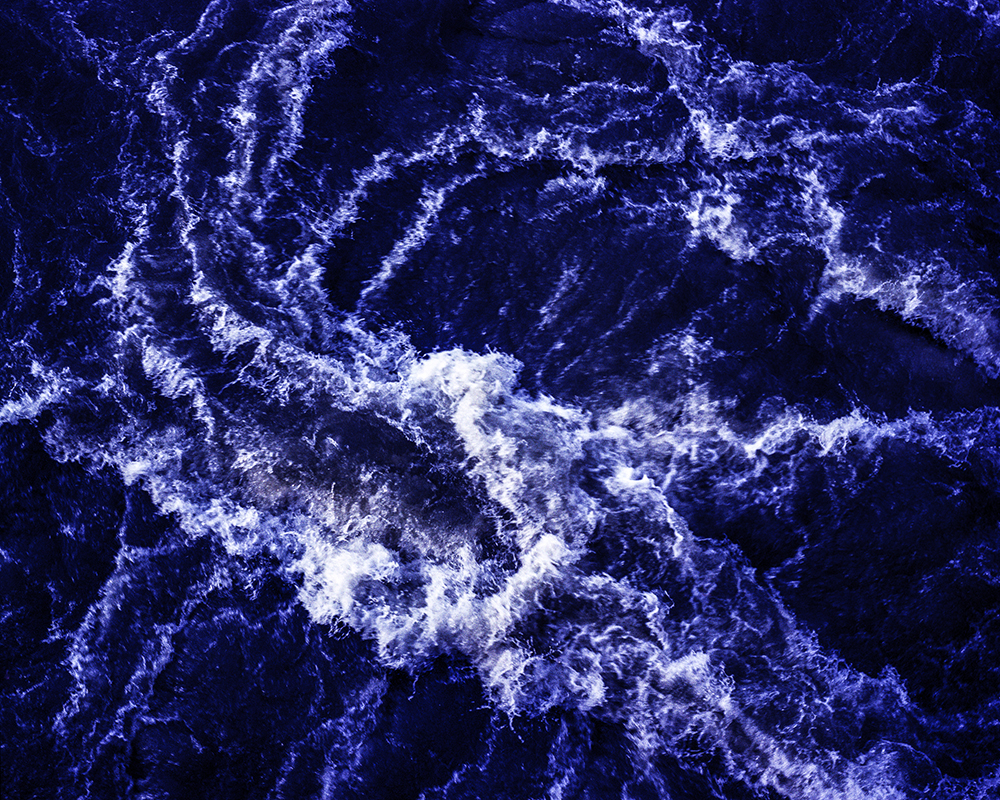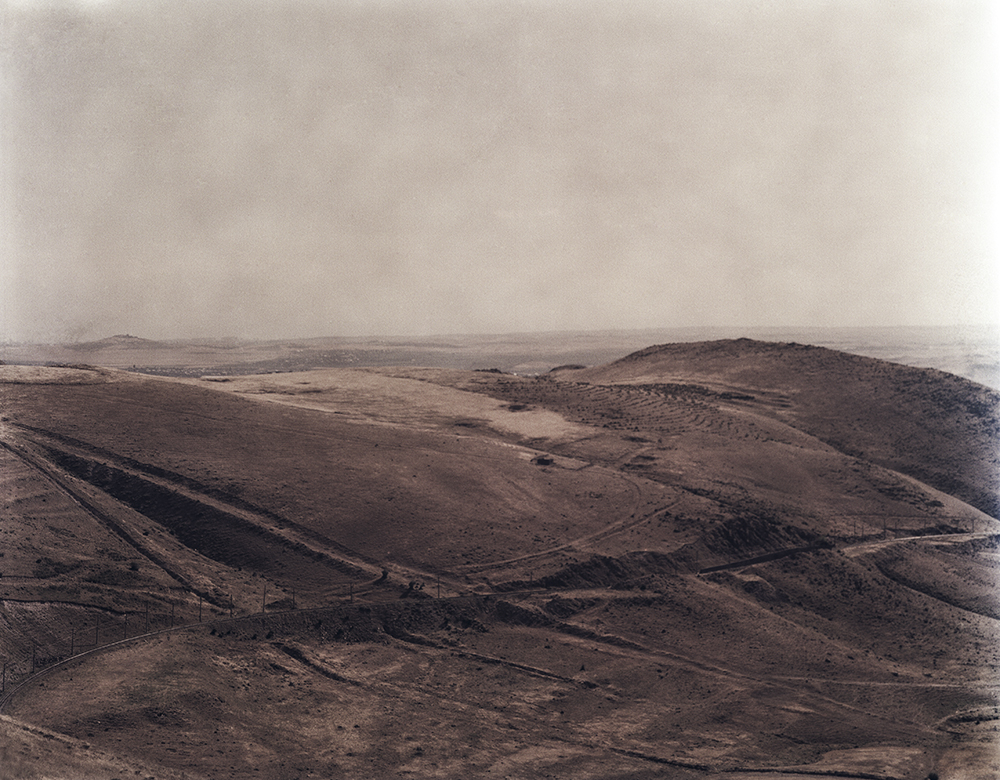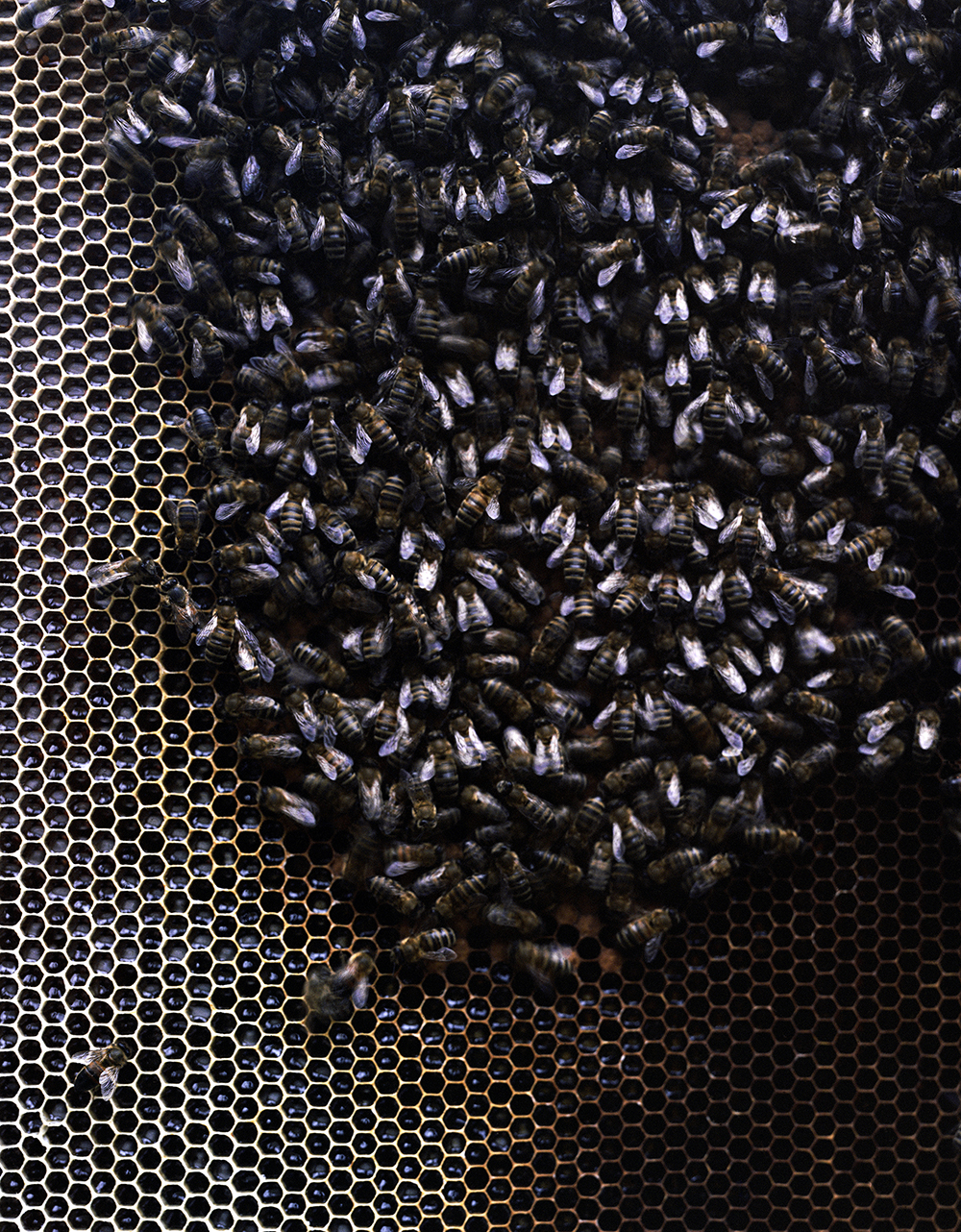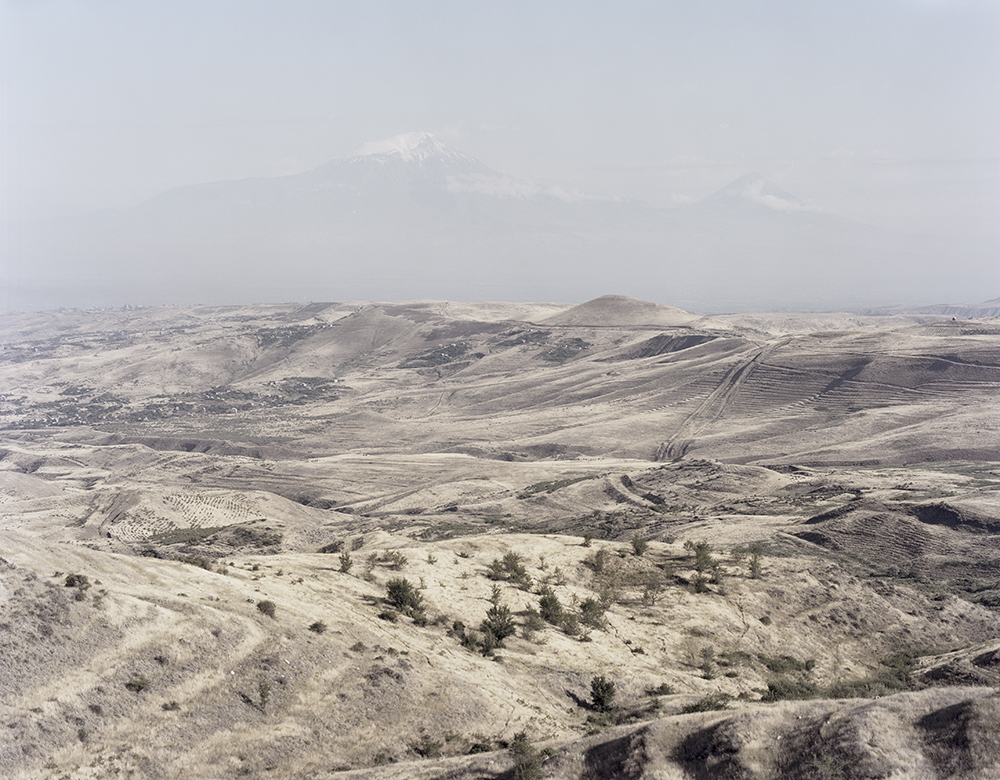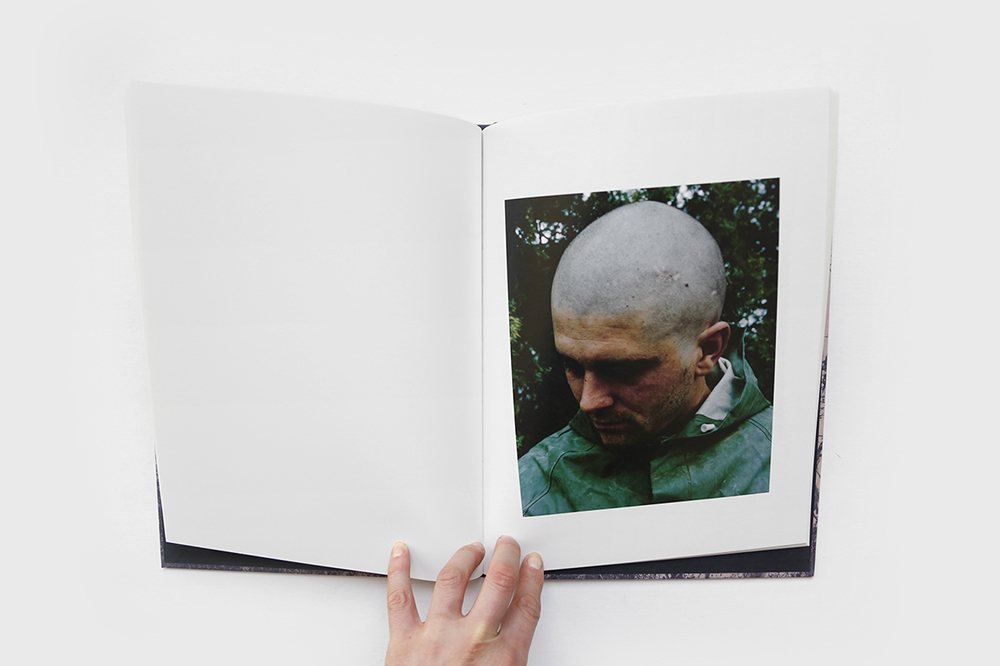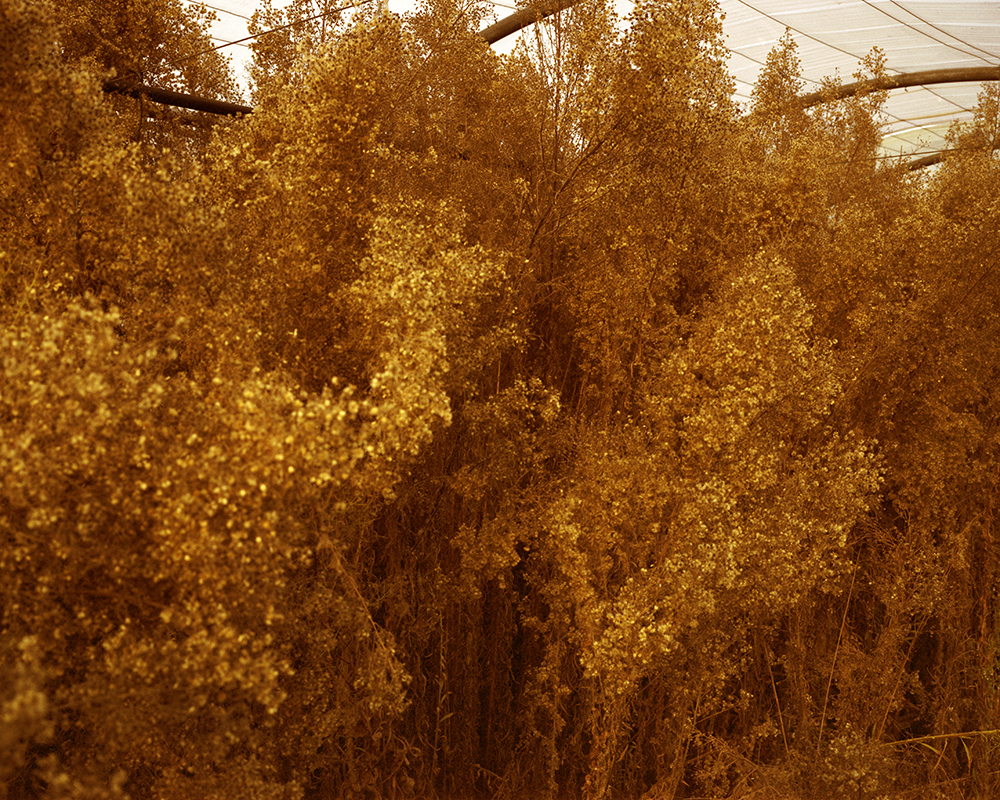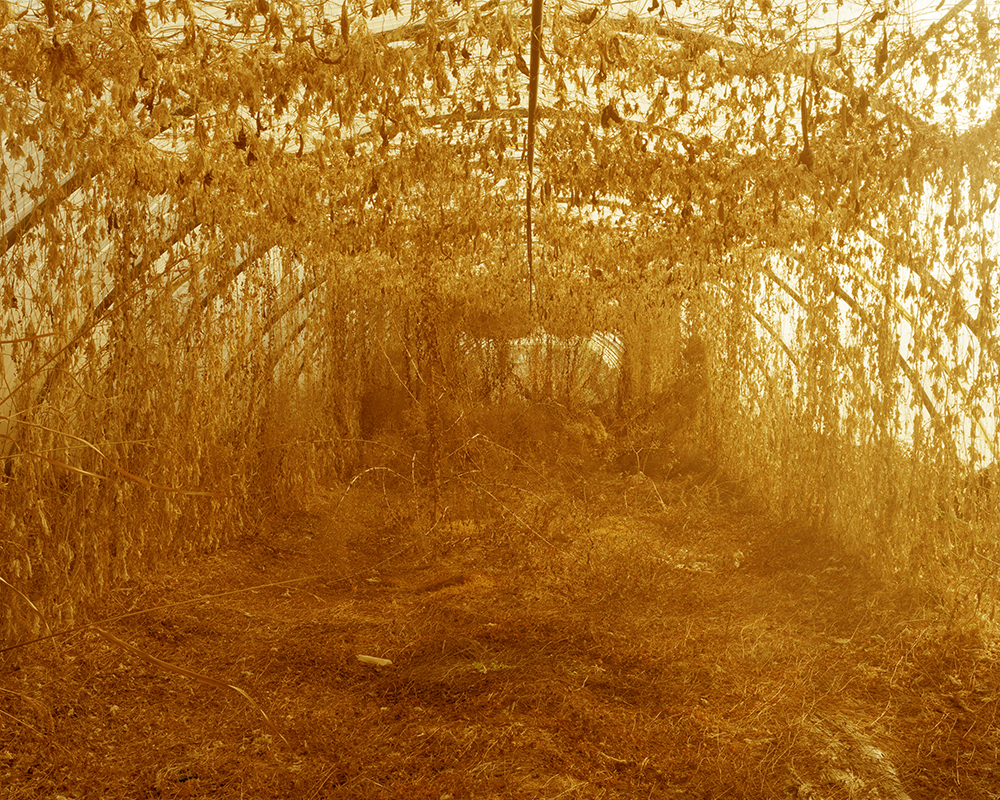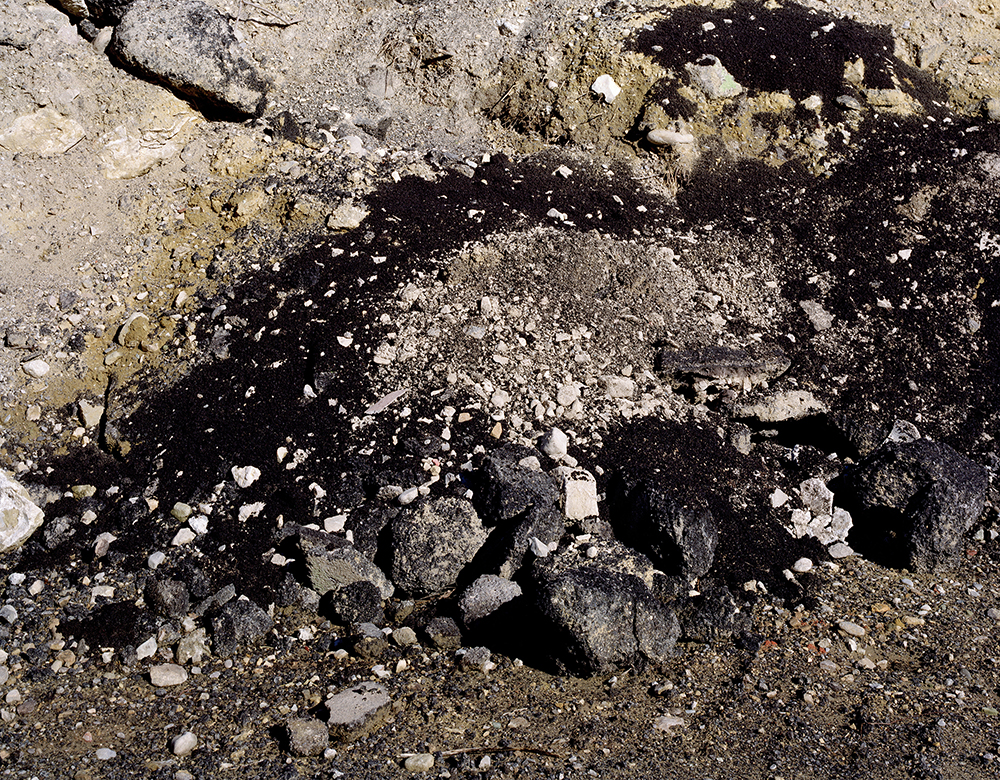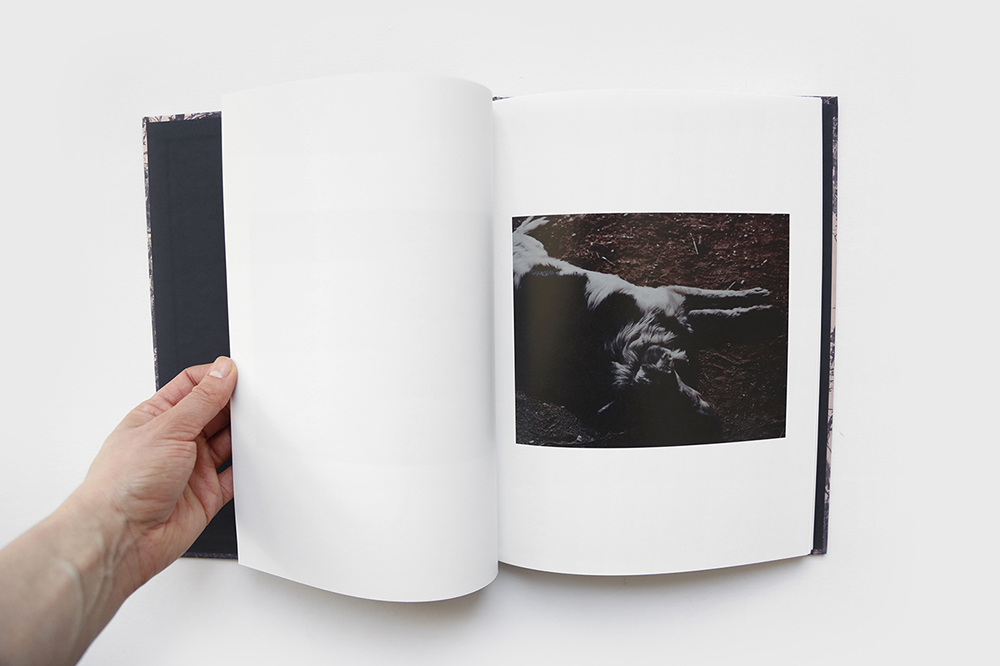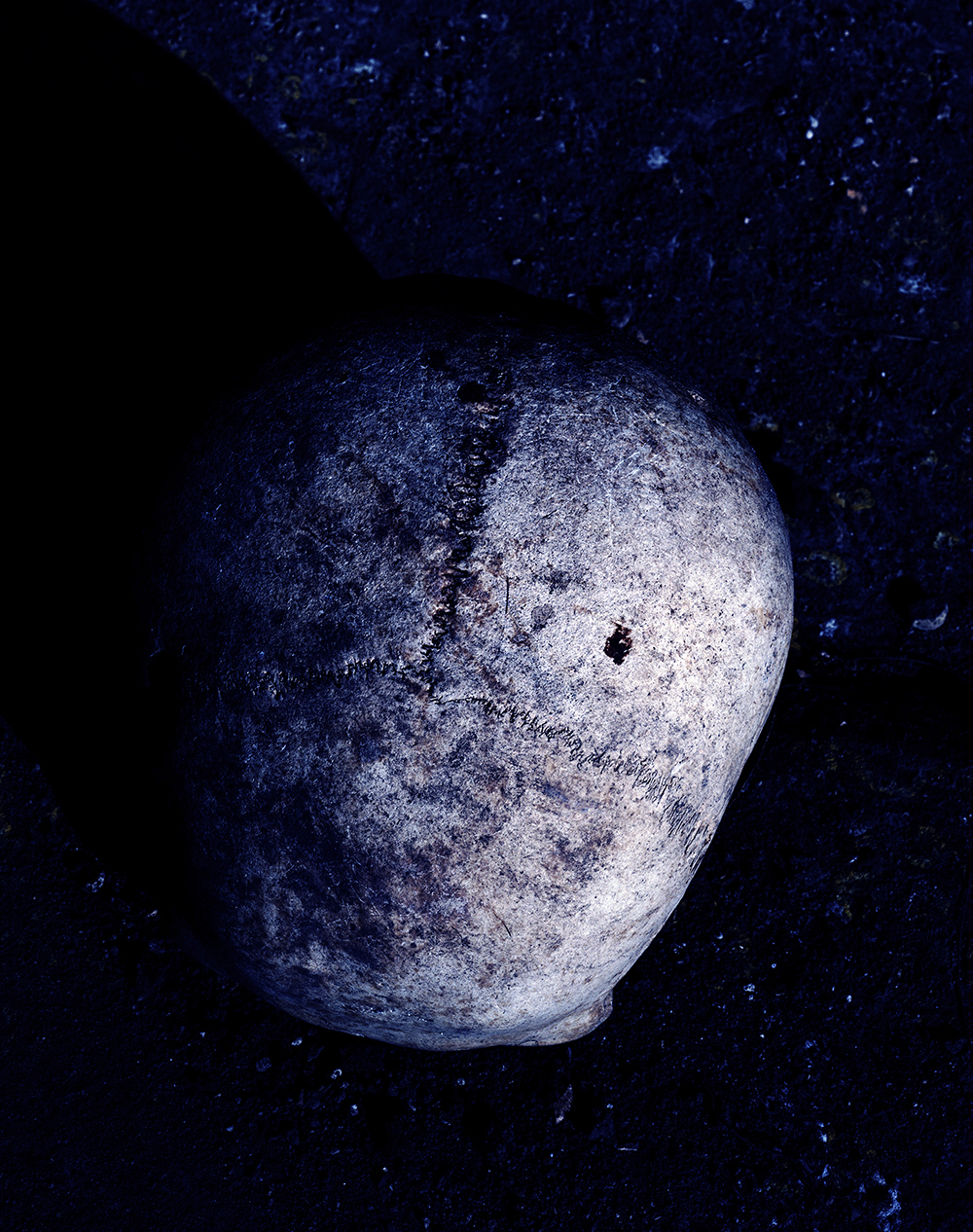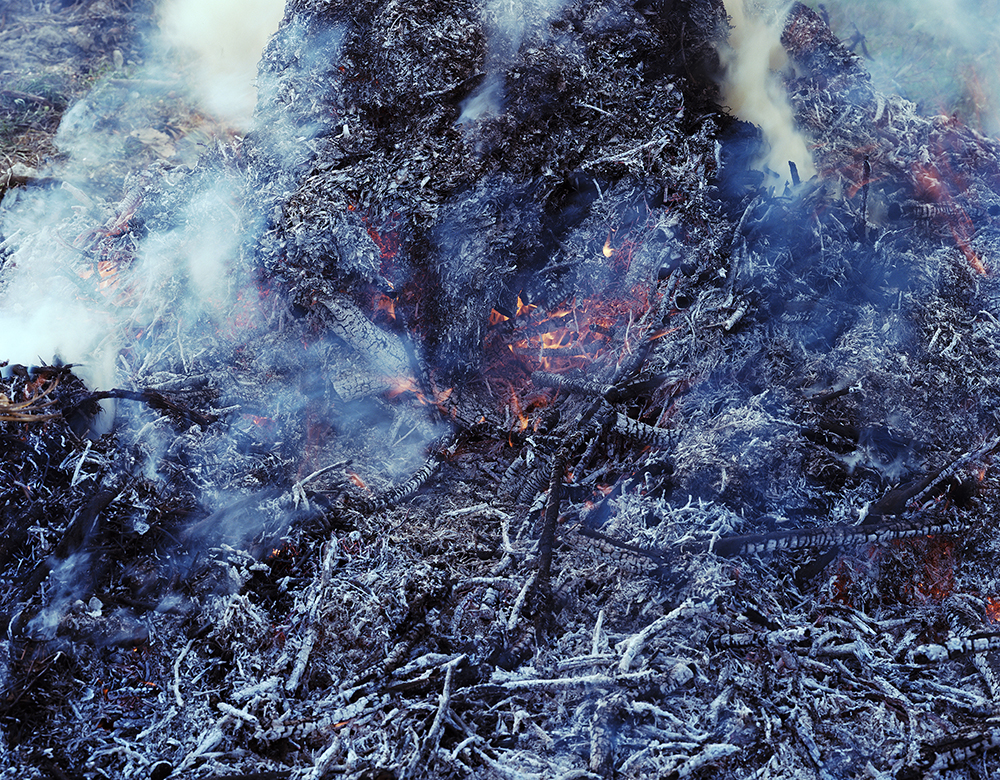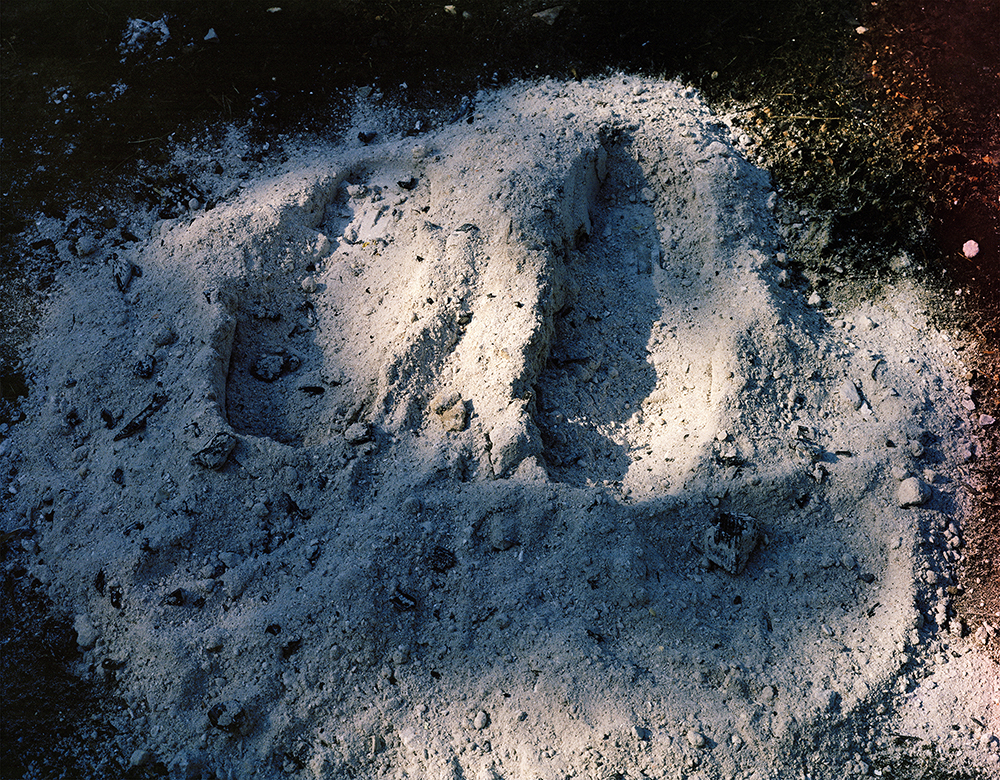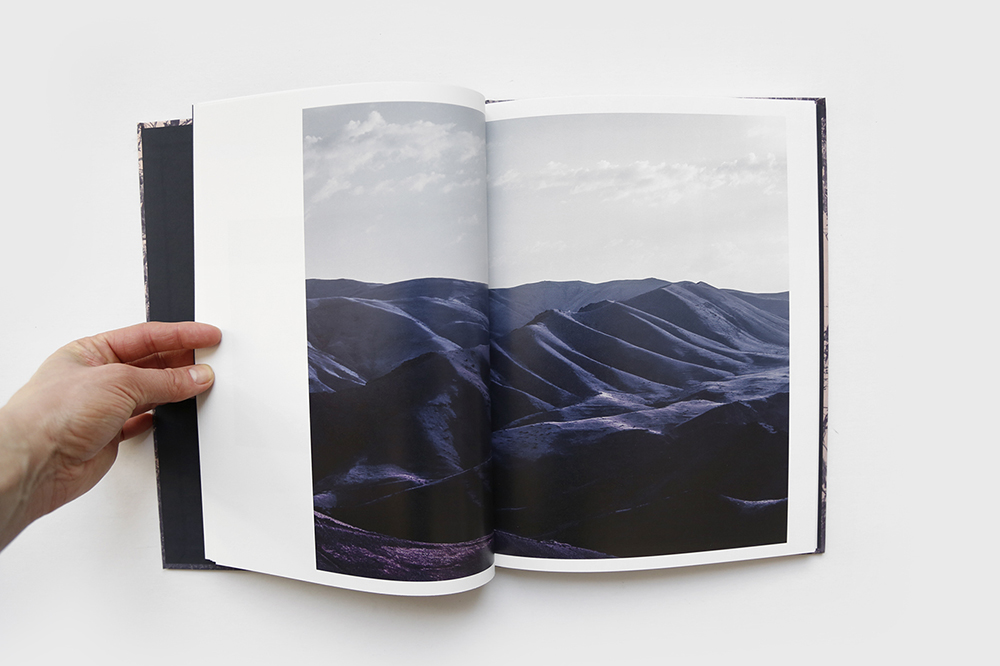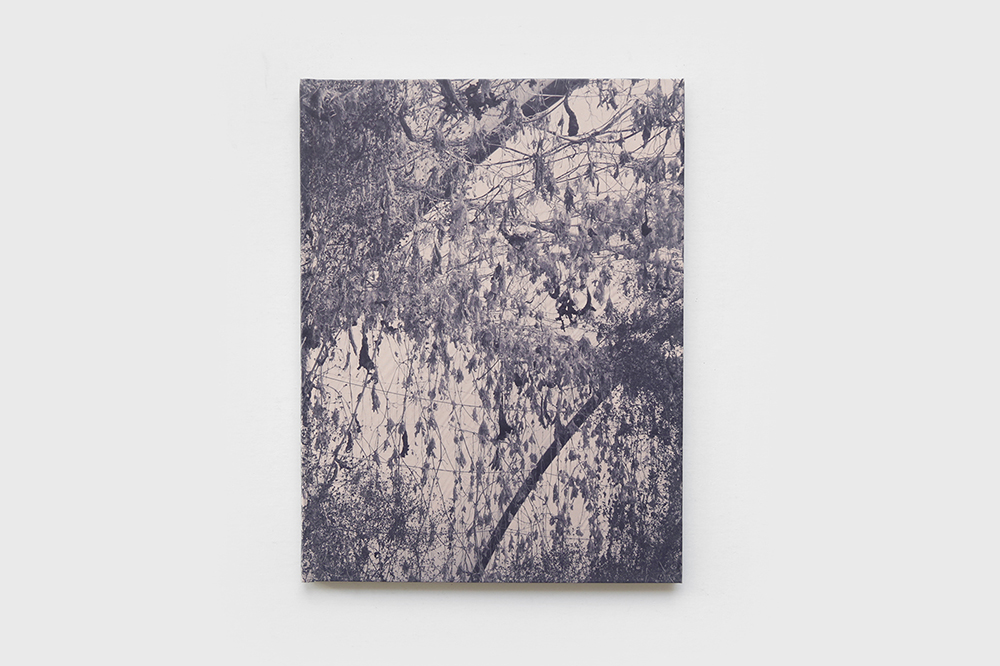Artist Blog
Every week an artist whose single image was published by Der Greif is given a platform in which to blog about contemporary photography.
Friends & encounters: Marine Lanier
Oct 26, 2017 - Rebecca Topakian
Pictures © Marine Lanier
Photos of the book © Tipitin
So Marine Lanier’s work is the subject of my first guest post.
I decided the guideline of my posts would be friendships and encounters. There is so many great photographers or artists I could talk about, but I think personal relationships are the ones that truly build one’s work more than any other influences.
My first encounter with Marine was quite funny. I was at the photobook fair called « Le Bal Books Weekend » at le Bal, Paris, talking with my friend Benjamin from Poursuite éditions. I was drawned to a pink-mauve mysterious book on his table called Nos feux nous appartiennent. When I opened it, I was thrilled by both its simplicity and accuracy: no defined subject I could name with a word ; no determinate location ; none of those mimic one can find in contemporary photobooks (you know, when it looks great at first then you realize it’s just again one of those books that mixes up document and poetic arrangements and a few stones in a photo studio and you feel that you saw that 1000 times?). There’s a poetry in her book, a simplicity – you feel that she very precisely touched something while it still looks vague in some way. It made me think of Virginia Woolf’s writing, as in The Waves, when you don’t understand anymore who the narrator is but you allow the book to lead you to an unknown place. My friend Pascal Amoyel told me « do you like her book ? There she is ». I told her I loved her work, and she told me she also knew and loved my photos from Palestine. We talked for a bit, then she told me she made the landscapes photos in Armenia, to which I answered I was going there two months later. I didn’t know at that time how she described her work, then I read later an interview in which she talked about familial mythology and imaginary places – which is precisely what I work on since my series « Awaiting Oblivion »: there were so many subjects, places and visual bridgings between us ! I must admit I felt like I met my photographic-soul-sister. I totally fell in love with her work and consider her as an example of what a good contemporary photographer is: in control of her work, yet allowing the incident to take place. She knows how to use the suggestive and poetic power of photography, embracing its potential to show what words cannot name. This book was definitely my favorite of the year.
Now let us hear Marine Lanier talk about her work:
“Nos feux nous appartiennent” gathers together different series that have been echoing each other since 2006. This collection explores the theme of the clan and by extension the concept of belonging, through the narratives that run through it and the remote imaginary places that family legends recount.
The word “clan” comes from the Gaelic word for family, or offspring. It also derives from the Gaelic word for sprout and thus speaks to us of branches, roots, ramifications and fragments that resurface in an obsessional manner.
I come from a family of gardeners, landscapers, plant breeders, horticulturists, and florists. For five generations the men of my clan have organized space, and sought to maintain and discipline it. They have pruned trees, carried off and burned plant waste; kept a watchful eye over fires; towed away roots; raked the leaves of yards littered with gravel; planted hedges; delivered flowers; adorned funerals, baptisms, birthdays and weddings; and participated in all the rituals that shape lives. The scent of orange blossoms has a transfixing effect on our family. Its perfume leaves us stunned and brings to mind withered flowers, green moss, sheared stems, and rising sap.
Fire is the crux of this structure. It is a highly symbolic catalyst that acts as a rallying force. The landscapes of Armenia are made up of great charred deserts, military viewpoints that are depopulated of bellicose events. They are places of gunshots and lookouts, spots from which shots are fired. We see my brother’s soot-covered face; the injured hand of a wine-grower’s hand, a repository of the outdoors, injured from a friction burn. We see the sequences of the birth of a brazier fire until its extinction; the family greenhouses invaded by lush vegetation from the southern hemisphere, vegetation that is dry and scorched, covering hectares that remind us of the flight of boat people from Vietnamese. Something grabs our attention: a radiant light shines upon our faces, a shadow flickers across our skin. The heat holds us back at the edge of the circle. The fire envelopes us with its strong, pungent, charnel, definitive smell. The brazier is a luminous, radiant magnet whose sparks writhe up into the surrounding fog. We stand in silence, hypnotized by the height of the flames. This goes beyond the joy, drama, passage of time, ancient tales, words that are torn from life. All this takes place in the immediacy of the element. We know that it is no longer necessary to cry out, to compensate for the absence of words, to howl in the darkness. We now can imagine the beauty of what is unspeakable, the strangeness of the unnameable, the open spaces of what is unthinkable, the distant tragedies that escape, flee, yet circulate through us.
Born in 1981 Marine Lanier lives and works between Crest and Lyon in South Eastern France. After studying geography, literature and cinéma, she took a degree in photography at the l’Ecole Nationale Supérieure de la Photographie in Arles in 2007. Since then she has worked on a mixture of public commissions, teaching and personal research projects. She regularly undertakes commissions on the themes of territory and landscape, most noyable for the natural heritage department of the Drôme department and with the photography collective « Les Climats » Her work is regularly exhibited in France and abroad.


